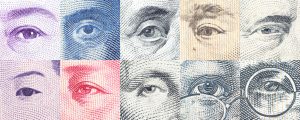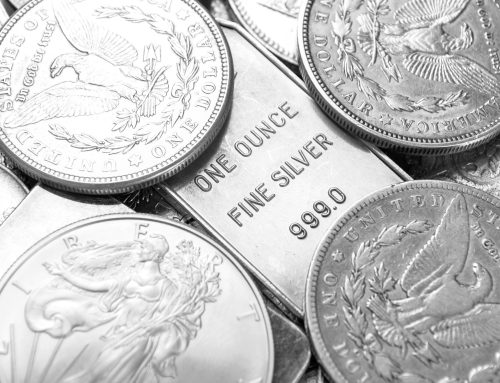What Is A Federal Reserve Note?
Simply put, a Federal Reserve note is the official name for the paper currency that circulates in the United States. Commonly referred to as “dollar bills,” “bucks,” or “cash,” you’ve likely been aware of Federal Reserve notes for your entire life but very few people know how they’re made today or their history.
Today, the US Treasury prints these government backed notes at the instruction of the twelve Federal Reserve member banks and Board of Governors, who are also known as the Federal Reserve Board. Once the new Federal Reserve notes are issued, they become the responsibility of the Federal Reserve – the central bank of the United States. The twelve Federal Reserve banks will also help local banks that need to reduce or increase the amount of cash they have on hand.

The first Federal Reserve Note was issued following the creation of the Federal Reserve System in 1913. Initially, US citizens were able to redeem these notes for gold dollars held by the US treasury but after the end of the Great Depression in 1933 this was no longer offered. Up until the early nineteen seventies these notes were still backed by American gold reserves but in 1971 President Richard Nixon abandoned the last vestige of the gold standard, creating a fully fiat currency in which the Federal Reserve notes themselves became the sole circulating legal tender alongside coins like pennies, nickels, dimes, and quarters. Essentially, since 1971 the Federal Reserve note has not been backed by any physical commodity such as gold and the material it’s made out of has no significant value.
Federal Reserve notes are also highly collectible. Notes from specific eras can be extremely valuable, along with certain discontinued notes like the $2, $500, $1000, $5000, $10000, and $100000 denominations. Notes with serial numbers under 100 are also very sought after.






